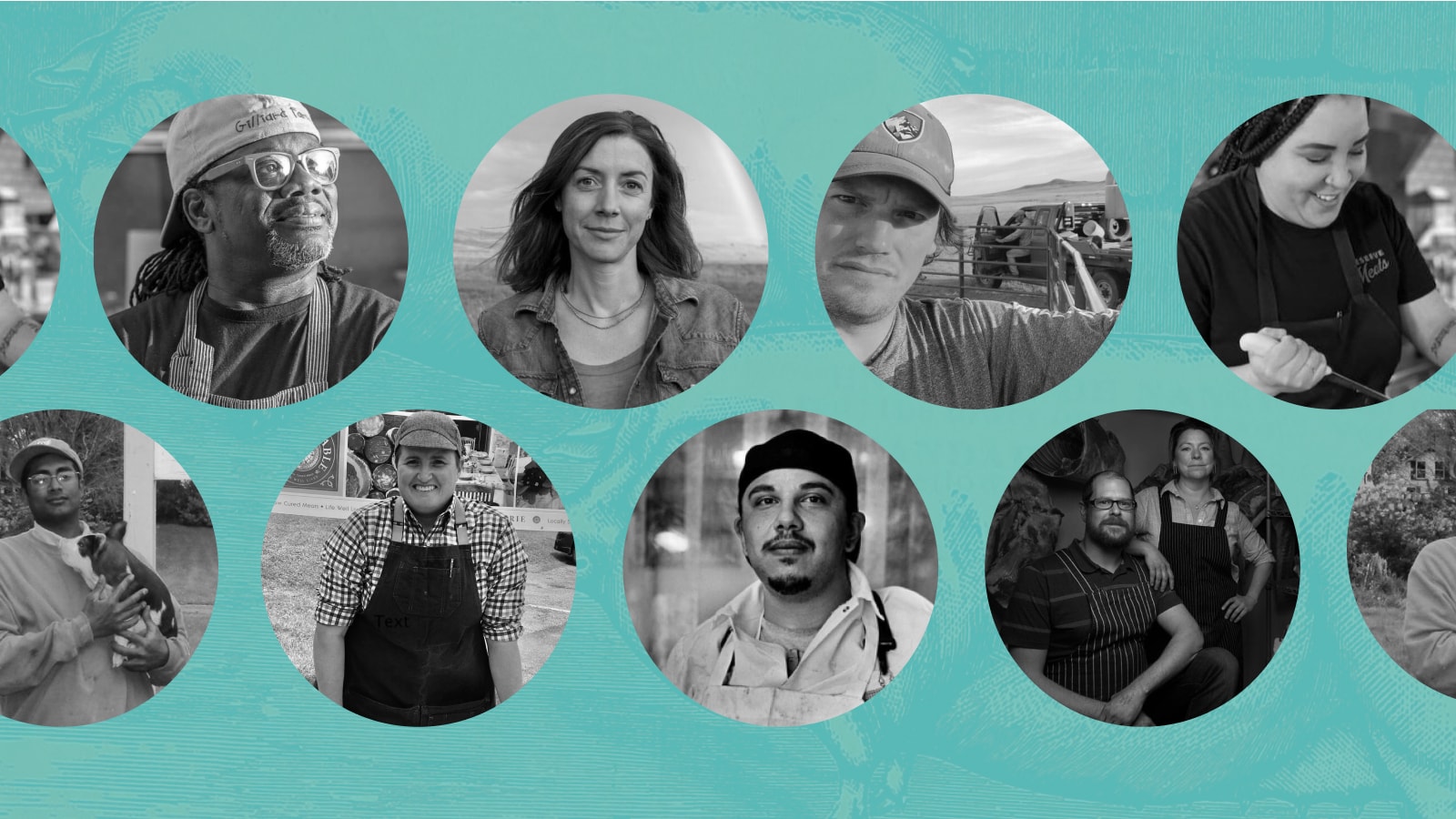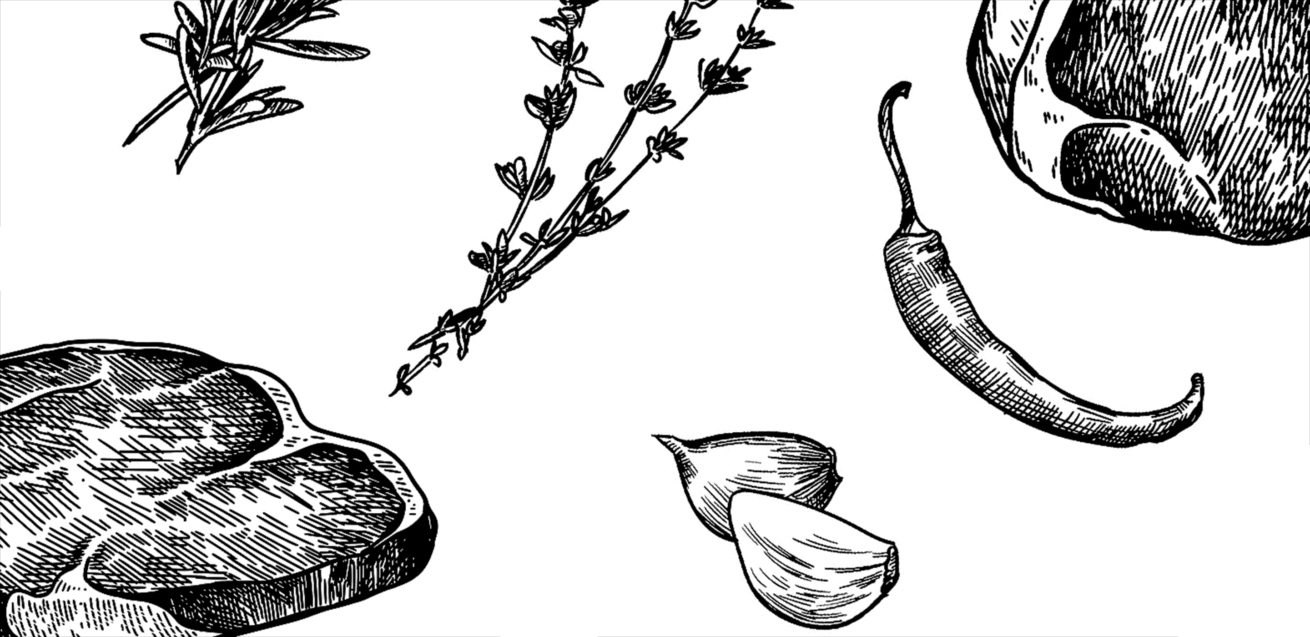Good Meat BreakdownGood Meat® Snapshots
Michele Thorne

Michele Thorne, Executive Director
Michele Thorne has served as executive director of the Good Meat Project since 2023, bringing more than two decades of experience strengthening resilience across the food value chain—from ranch to fork, and from coast to coast. At the Good Meat Project, she focuses on the critical intersections of food, public health, economic resilience, and environmental stewardship.
A native New Yorker with a BA in Communication Arts and Design and an MBA in Sustainable Business, Michele began her career as a graphic design entrepreneur before discovering her true calling: transforming our food systems. Her journey took her from the fast-paced culinary world of New York City—where she served as a raw food chef, private chef, and farm-to-table event producer—to the frontlines of food system advocacy.
As the executive director of the Good Meat Project, Michele forges meaningful partnerships and translates complex challenges into strategic, mission-aligned action.
Michele also walks the talk as a small-scale livestock producer and permaculture farmer, raising pasture-raised, organically fed meats and crafting small-batch, artisanal food products.
How do you define your Good Meat® values?
For me, it's meat that is locally born and raised, grassfed or pastured 100% of its life, it is harvested humanely with little to no waste and the sale of it benefits the local community - which is typically within fewer than 100 miles of where I live.
Why is it important to center your Good Meat® values in your professional career as well as personal life?
I am fully committed to living my Good Meat® values because of all the benefits it delivers in the cycle from soil to plate to compost. My commitment means that I walk the walk. I raise some of my own meat on pasture, usually small livestock like chickens, turkeys, ducks, quail and sometimes rabbit. However, I support farmers whose pasture and livestock management and practices I can observe - so I buy beef and lamb from them. I’d much rather invest in local farmers than in the industrial meat supply chain, ANY day of the week.
What is one thing you wish more people knew about the food on their plates?
There’s so much I’d like to share, but in the interest of time I’ll just say that when you buy from a Good Meat® producer your buying way more than just protein, or flesh and bone, or lunch or dinner. It is all of those things but so is meat from factory farms. What makes meat from a Good Meat® farmer or rancher different is the care that they employ with their livestock, their pasture management and grazing practices, the relationships that they build with their customers, their soil and waste management and most importantly and unlike factory farms, it supports the growth of local economies.
What is one of the biggest challenges you face as a Good Meat® producer and advocate?
That all grassfed meat is NOT the same. Grassfed meat can vary in intramuscular fat content, in flavor, and in nutrient density. I have sampled a lot of grassfed meat like beef and lamb and the taste and texture of the meat can vary depending on what is growing in a farmer or rancher’s pasture - and you can taste the difference. So, I always recommend trying different products from farmers and ranchers within 50 miles of where you live and find a producer that is delivering a product that suits your palate.
What meat, or meat dish, do you eat most regularly and what do you eat for a special occasion?
Special occasions are always marked by a lamb roast or a tenderloin filet, but most regularly, I’d say my family and I enjoy smashed onion burgers made from the ground beef that we get in our quarter beef share, we use our home grown onions and top our burgers with thick cut homemade Bulgarian refrigerator pickles and sometimes my spicy tomato jam!
Good Meat® Snapshots
Popular Links

Transparency in meat, from pasture to plate.
Practical tools and a national directory to help you choose—and champion—ethical and responsible meat.